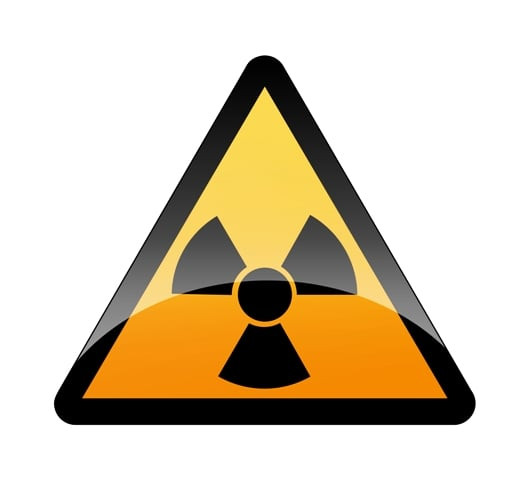Superstorm Sandy: Two US nuclear plants shut down
Plant operators stress there were no risks to the public.

New Jersey's main power company PSEG Nuclear shut down its Salem 1 unit on the Delaware river, saying most of its water circulation pumps had been rendered unusable "due to weather impacts".
PSEG said it manually shut down the 1,175 MW unit, but said there were "no issues" in the shutdown and the facility was "currently stable."
The Salem 2 unit was already offline for maintenance when the storm hit, and PSEG said another nearby nuclear unit, Hope Creek, remains operating at full power.
In New York, power generator Entergy shut down a unit of its Indian Point nuclear facility "due to external electrical grid issues."
Another unit remained at full power, and Entergy said on Twitter that there was "no risk" to the public or company employees.
Late Monday, the Nuclear Regulatory Commission said it was monitoring all plants in the US northeast as Sandy pushed up water levels in rivers and bays, which are crucial for cooling operations at the facilities.
The Oyster Creek plant in New Jersey, which was in a regularly scheduled outage when the storm hit, set off an alert when floodwaters exceeded a threshold set for its water intake facilities.
Monitoring nuclear power plants
Constellation Energy Nuclear Group's 630-MW Nine Mile Point 1 nuclear power reactor in upstate New York did shut down due to a problem putting power onto the grid, although it was not clear whether the trouble was related to the storm, the NRC spokesman said.
The relatively small 636-megawatt Oyster Creek plant also experienced a "power disruption" at its switch yard, causing two backup diesel generators to kick in and maintain a stable source of power, Exelon said.
Tillman said another Exelon reactor at the Limerick facility in Pennsylvania was reduced to 91 percent power after Sandy caused a problem with the condenser.
An alert-level incident means there is a "potential substantial degradation in the level of safety" at a reactor.
"Given the breadth and intensity of this historic storm, the NRC is keeping a close watch on all of the nuclear power plants that could be impacted," NRC Chairman Allison Macfarlane said.
The concerns over the status of the spent fuel pool at Oyster Creek was reminiscent of the fears that followed the Fukushima disaster last year, when helicopters and fire hoses were enlisted to ensure the pools remained filled with fresh, cool water. The nuclear industry has said that the spent fuel rods at Fukushima were never exposed to the air.
Nuclear plants must store the spent uranium fuel rods for at least five years in order to cool them sufficiently before they can be moved to dry cask storage containers.
The plant uses pumps to take in external water that circulates through a heat exchanger used to cool the internal water that surrounds the rods, keeping them from overheating.



















COMMENTS
Comments are moderated and generally will be posted if they are on-topic and not abusive.
For more information, please see our Comments FAQ